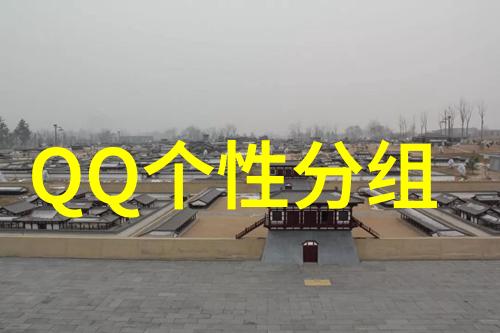Runway Rhapsody: The Evolution of Fashion in the Modern Era

The Birth of Haute Couture
Haute couture, a term that evokes images of exquisite craftsmanship and unparalleled style, has its roots in 19th century Paris. It was here that Charles Frederick Worth, an Englishman who is often referred to as the father of haute couture, established his fashion house in 1858. His designs were revolutionary for their time – they were no longer just functional garments but works of art that could be seen on the streets.

The Rise of Ready-to-Wear
However, not everyone had access to these exclusive creations. This led to the rise of ready-to-wear clothing in the late 19th and early 20th centuries. Ready-to-wear clothes were designed with mass production in mind and were more affordable than haute couture pieces. They allowed people from all walks of life to enjoy fashionable clothing without breaking the bank.

The Impact of World War II
World War II had a profound impact on fashion as it did on many other aspects of society. With resources scarce and fabric rationed, designers had to get creative with their materials and designs. This led to a shift towards more practical yet stylish clothing such as utility chic or "make do" fashion.

The Swinging Sixties
In contrast, the swinging sixties saw a complete reversal in this trend towards practicality with designers embracing bold colors, patterns and silhouettes inspired by youth culture and pop art movements like Op Art (Optical Art). Designers like Mary Quant popularized miniskirts while others like André Courrèges introduced space-age styles.

Fast Fashion Today
Today's fast fashion industry is perhaps one extreme end result where designer trends are quickly translated into cheaply produced garments available at high street stores within weeks rather than seasons due largely to advances in technology such as computer-aided design (CAD) software which can create complex patterns instantly saving hours if not days compared with traditional hand-cutting methods used earlier.
6.
7.
8.
9.
10.
11.
12.
13.
14.
15.
16.
17.
